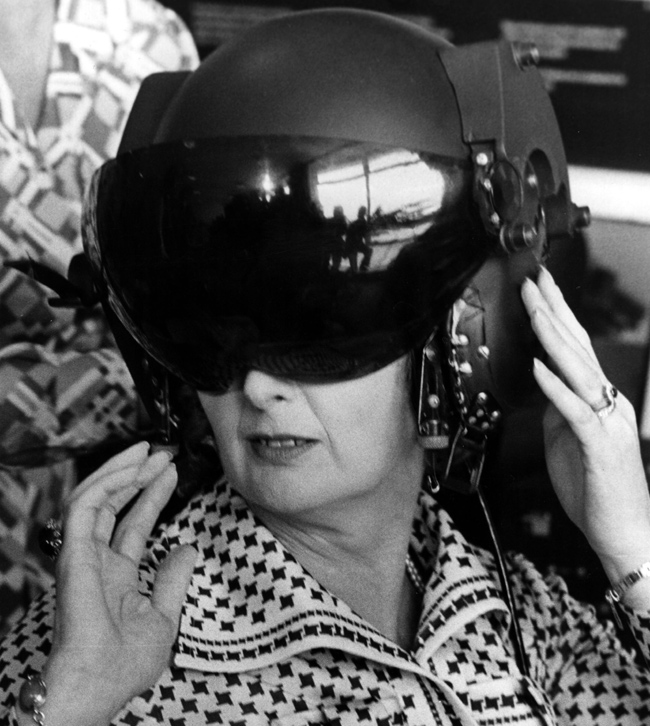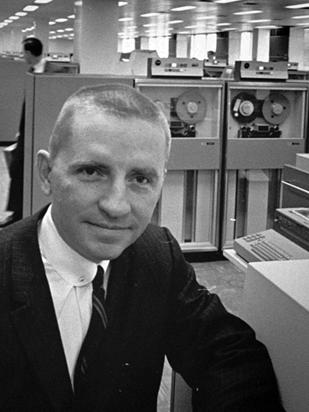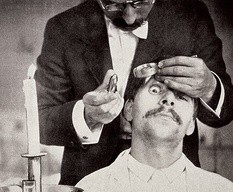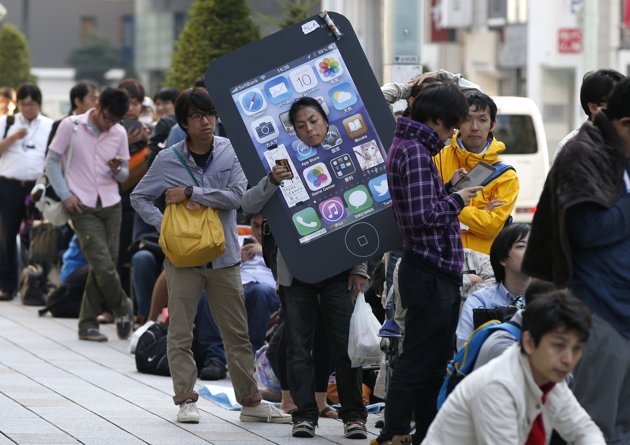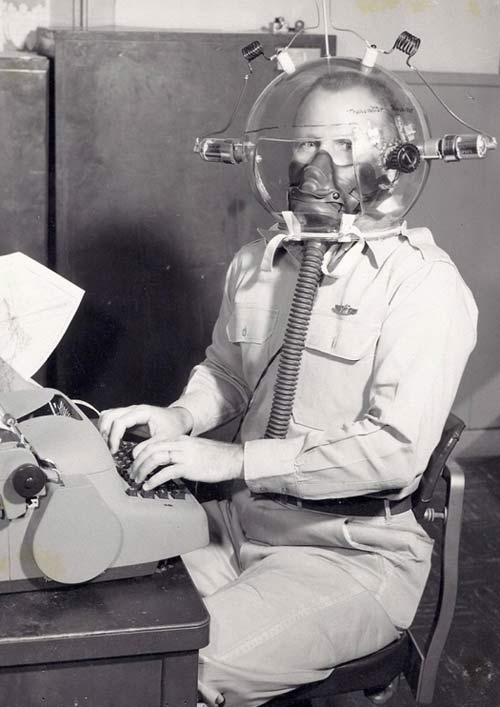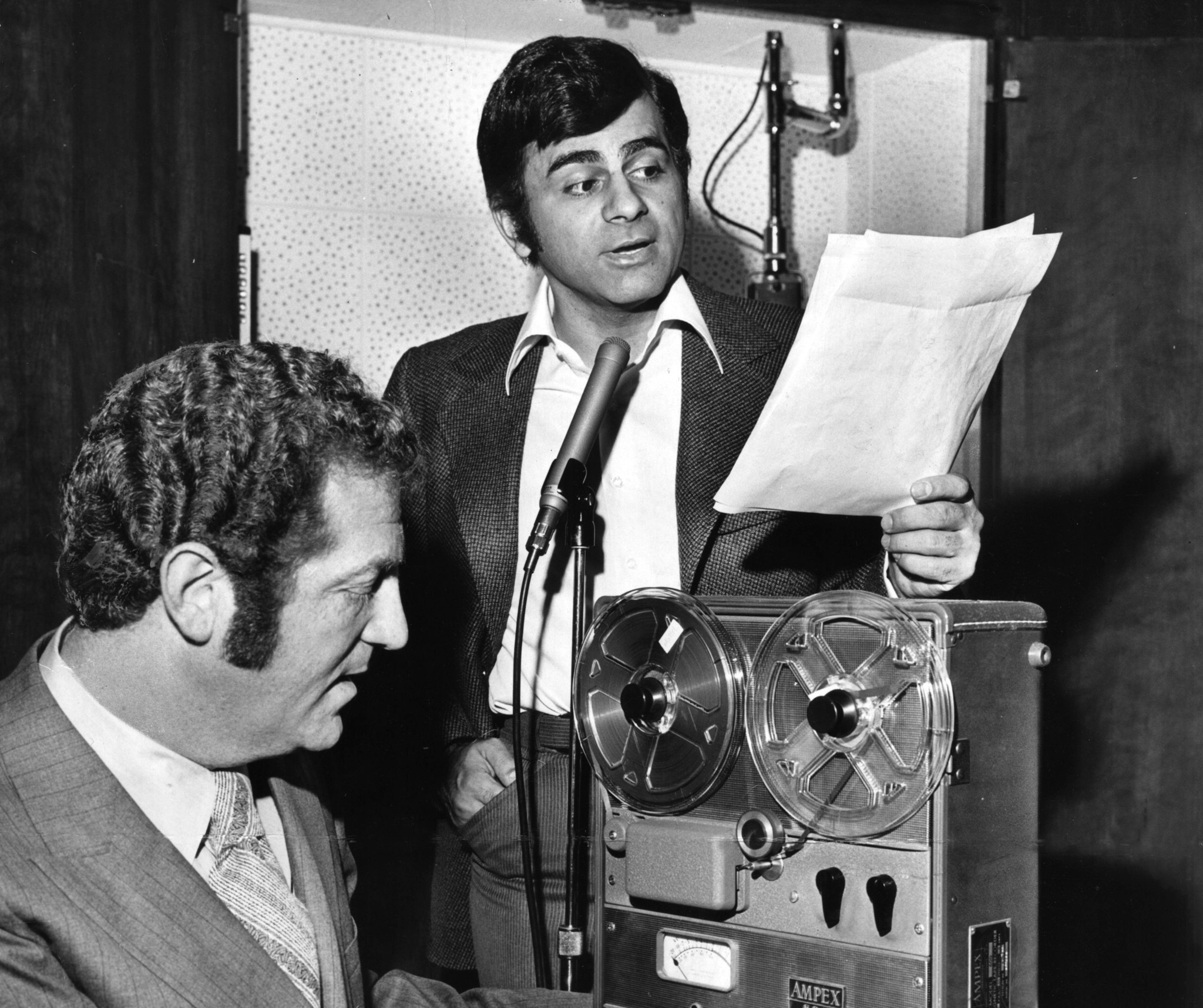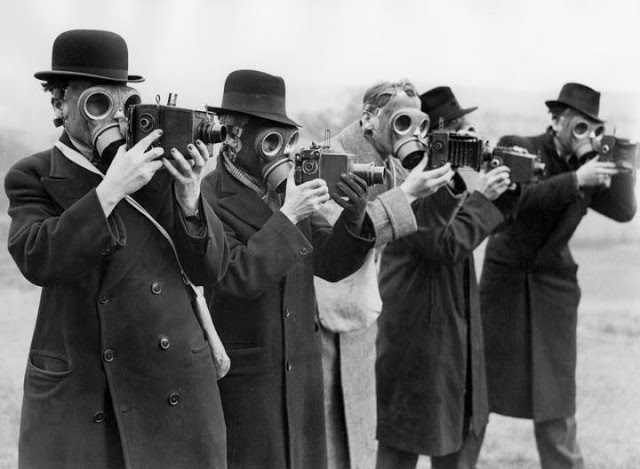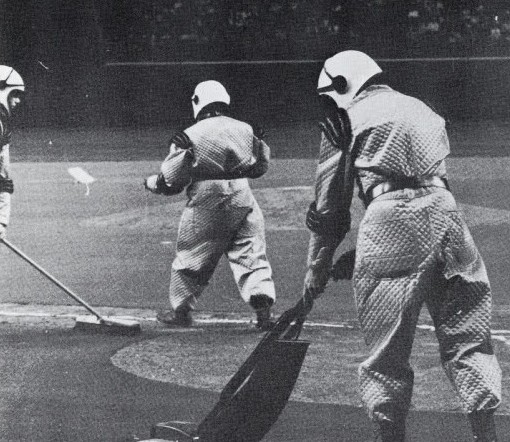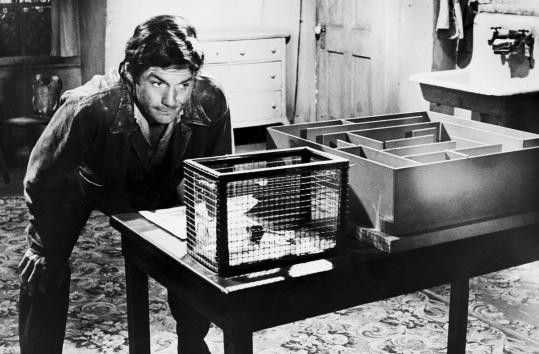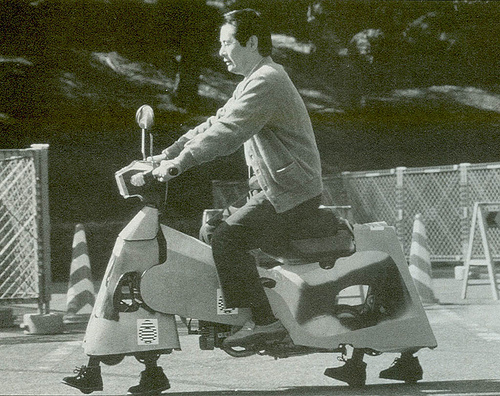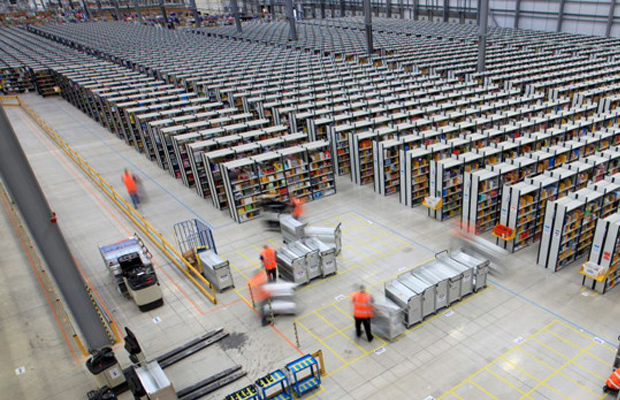Thirty years after trying and failing to turn the UK into a hub for robotics, technologists and politicians are having another go at it. From Amir Mizroch in the Wall Street Journal:
“For the past 18 months, everyone who is anyone in the U.K.’s robotics sector has been hard at work on making sure everything goes according to plan, drawing up a strategy paper to determine the future of intelligent, autonomous machines—AKA robots— in Britain.
A final version of the document, written by the 20 experts of the Robotics and Autonomous Systems Special Interest Group (RAS-SIG), is to be officially unveiled by Science Minister David Willets on July 1.
According to interviews with two members of the interest group, an external consultant, and a summary of earlier drafts, the strategy rests on several key pillars. Legislators will make the U.K. the world’s most welcoming place for robotics research, testing and development. It won’t be just about creating robots, but also about creating standards and regulations that allow for easier testing of autonomous machines. Areas of industry will be created to tackle some of the country’s most challenging problems, like the decommissioning of nuclear sites, opening up farming productivity, and robotic monitoring of sewage pipes and offshore gas and oil rigs.
Government will deploy robots to build schools, roads and hospitals, and care for the elderly. It will help fund robotics research at schools and universities to raise the number of people who can make and work with robots. New technologies that improve the ability of humans to control multiple robots simultaneously will be highlighted. Culturally, there will be an emphasis on explaining that automation does not cost people their jobs, but actually creates more opportunities and opens possibilities.
This is not the first time that a U.K. government has looked to robots to boost the economy. Mired in recession, the Thatcher government launched a campaign in 1985 to increase the number of robots in industry. According to the British Automation and Robot Association, in 1982 only 100 robots out of 439 installed in the country were built by U.K. engineers. Most of the robots were installed in the auto industry sector. Thirty years later, the number of new robots working in the U.K. in 2012 alone was 2,447—none of them were manufactured in the U.K.“

